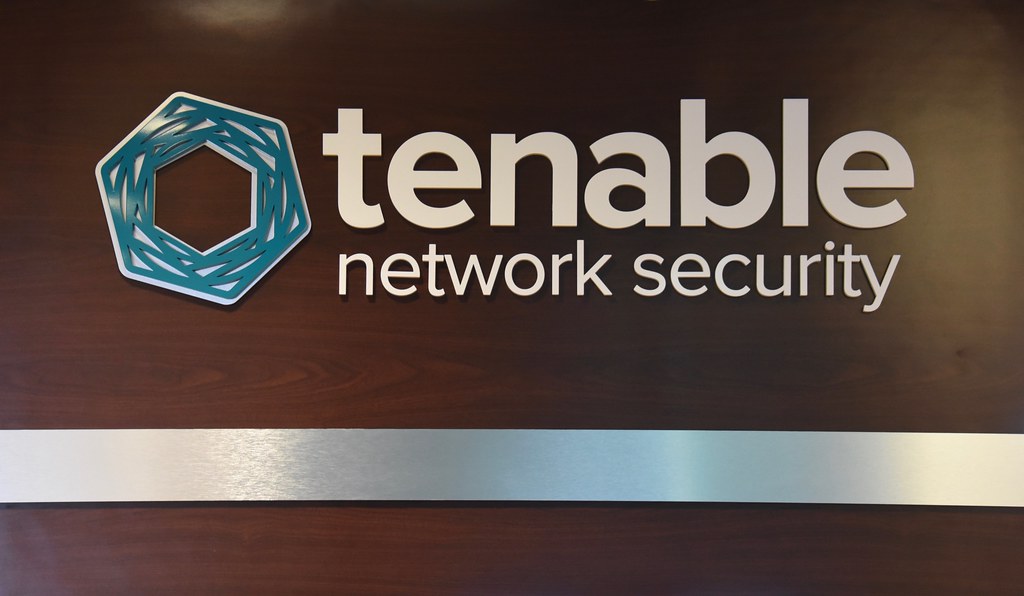
In today’s interconnected digital landscape, cyberattacks pose a relentless and evolving threat to businesses of all sizes, especially small enterprises that might mistakenly believe they are too small to be targets. The reality, however, is far more stark: cybercriminals do not discriminate, and a single breach can devastate a small business, leading to significant financial losses, compromised data, and irreparable damage to reputation.
Protecting your business from these insidious threats isn’t just a best practice; it’s a fundamental necessity for survival and sustained growth. The Federal Trade Commission (FTC) provides invaluable tools and guidance, emphasizing that prevention and preparedness are paramount. By understanding the core principles of cybersecurity and actively implementing practical safeguards, small businesses can significantly reduce their vulnerability and build a resilient defense against a multitude of cyber threats.
This in-depth guide is designed to empower small business owners and managers with actionable insights. We will explore eleven critical areas, offering clear, concise, and expert-driven strategies derived directly from leading cybersecurity guidelines. Our journey begins by establishing a robust foundational defense, ensuring that the bedrock of your business’s digital presence is fortified against common incursions.

1. **Fundamental Cybersecurity Measures**Establishing a strong cybersecurity posture begins with fundamental measures that every small business must adopt. These aren’t complex, cutting-edge technologies, but rather essential practices that form the bedrock of digital defense. Cybercriminals frequently exploit basic vulnerabilities, making these foundational steps crucial for reducing your overall risk exposure.
Central to these basics is diligent data protection. This involves regularly updating all software, including programs, applications, web browsers, and operating systems. Enabling automatic updates whenever possible ensures that your systems benefit from the latest security patches and fixes, closing potential backdoors that attackers might otherwise exploit. Equally important is habitually backing up all critical files, saving copies in secure cloud storage or on an external hard drive to ensure data recovery after an incident.
Physical security also plays a vital, often overlooked, role. Sensitive paper files and electronic devices containing proprietary information should be stored in locked cabinets or rooms. Access to these secure areas must be strictly limited to employees who genuinely require it for their job functions. Furthermore, a disciplined approach to data retention means only keeping the data you truly need, securely shredding unneeded paper documents and using factory resets or specialized software to completely erase data from devices before disposal, as mere ‘deletion’ often isn’t sufficient.
Another non-negotiable measure is enforcing the use of strong passwords across all devices and your network. A truly strong password should be at least 12 characters long, as the context emphasizes, “the longer, the stronger.” Incorporating passphrases – a series of random words separated by spaces – can enhance strength and memorability. Crucially, passwords should never be reused across different accounts and must never be shared via phone, text, or email. Implementing limits on unsuccessful login attempts further fortifies defenses against common password-guessing, or ‘brute-force,’ attacks.
Finally, the encryption of devices, media, and data is a powerful protective layer. This applies to laptops, tablets, smartphones, removable drives, backup tapes, and cloud storage solutions that hold sensitive personal information. Any sensitive data transmitted outside the company, such as to an accountant, should also be encrypted. Beyond encryption, Multi-Factor Authentication (MFA) is indispensable for protecting sensitive information, requiring users to complete additional verification steps beyond a simple password, such as entering a time-sensitive code from an authenticator app, using a unique passcode sent to an email, or employing hardware tokens or smartcards like Personal Identity Verification (PIV) cards.
Read more about: Unpacking Driver Concerns: The 14 Critical Hurdles for Autonomous Vehicle Systems
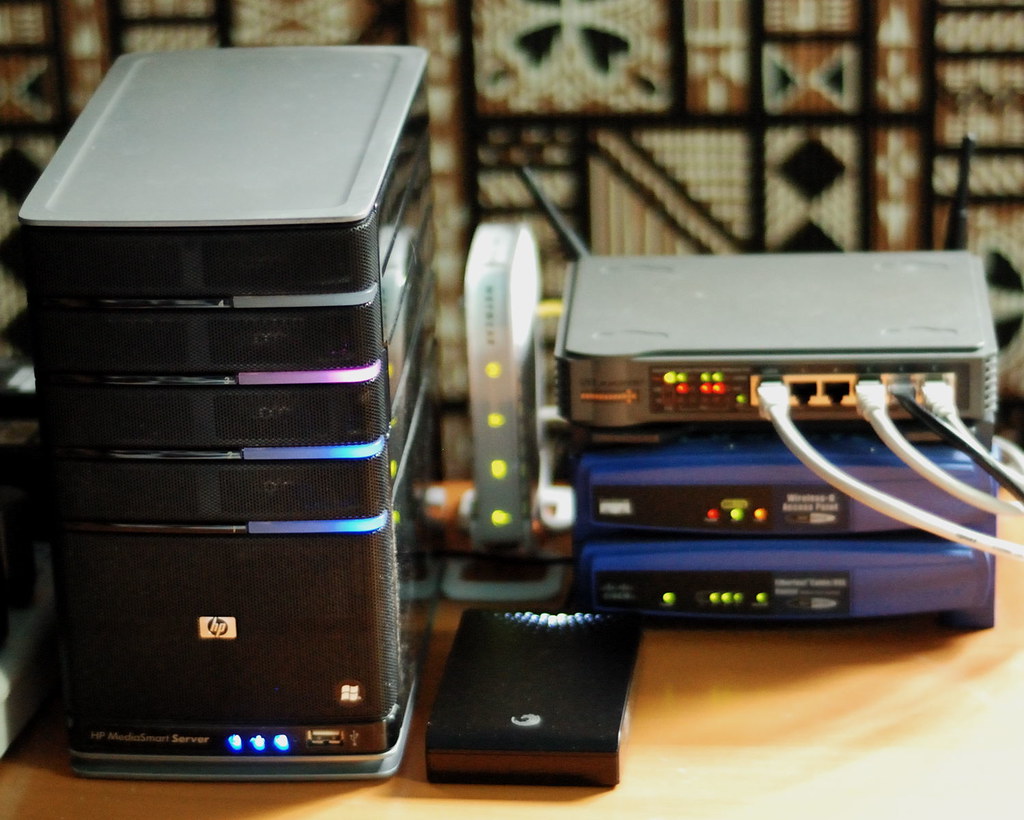
2. **Robust Wireless Network Security**Your wireless network serves as a critical artery for your business operations, making its security paramount. An unsecured Wi-Fi network is an open invitation for cybercriminals to access your internal systems, potentially compromising sensitive data and disrupting your entire operation. Therefore, proactively securing this essential connection is a cornerstone of your overall cybersecurity strategy.
The first step to robust wireless network security involves meticulously securing your router. Immediately after setup, the default username and password for your router must be changed to unique, strong credentials. It is also crucial to disable remote management features and ensure you log out of the administrator account after making any configuration changes. These simple actions prevent unauthorized access to your router’s settings, which could otherwise be exploited by attackers.
Crucially, your router must utilize at least WPA2 encryption, or preferably WPA3, for maximum protection. The context explicitly states that you should “Make sure your router offers WPA2 or WPA3 encryption, and that it’s turned on.” This encryption standard is vital because it scrambles information sent over your network, rendering it unreadable to outsiders attempting to intercept your data. Without this strong encryption, your wireless communications are exposed and vulnerable.
Another effective strategy is to limit the number of devices that can connect to your primary business network. This network should be exclusively reserved for business-owned, operated, or managed devices. If there’s a need to provide Wi-Fi access for guests, employee personal devices, or the general public, it is strongly recommended to set up a separate ‘public’ network. Most network administration portals offer step-by-step prompts for configuring such a guest network, which isolates it from your core business infrastructure and prevents potential security risks from spreading.
Finally, ensuring your primary business network is password-protected is a basic but essential defense. Logging into your Wi-Fi admin portal allows you to create a strong, complex password that staff must use to connect business-owned devices. This password acts as a critical barrier, preventing unauthorized individuals from gaining entry to your network. Consistent application of these measures transforms your wireless network from a potential vulnerability into a secure conduit for your business operations.
Read more about: Unlock Warp Speed: 14 Simple Steps to Supercharge Your Internet Connection Today
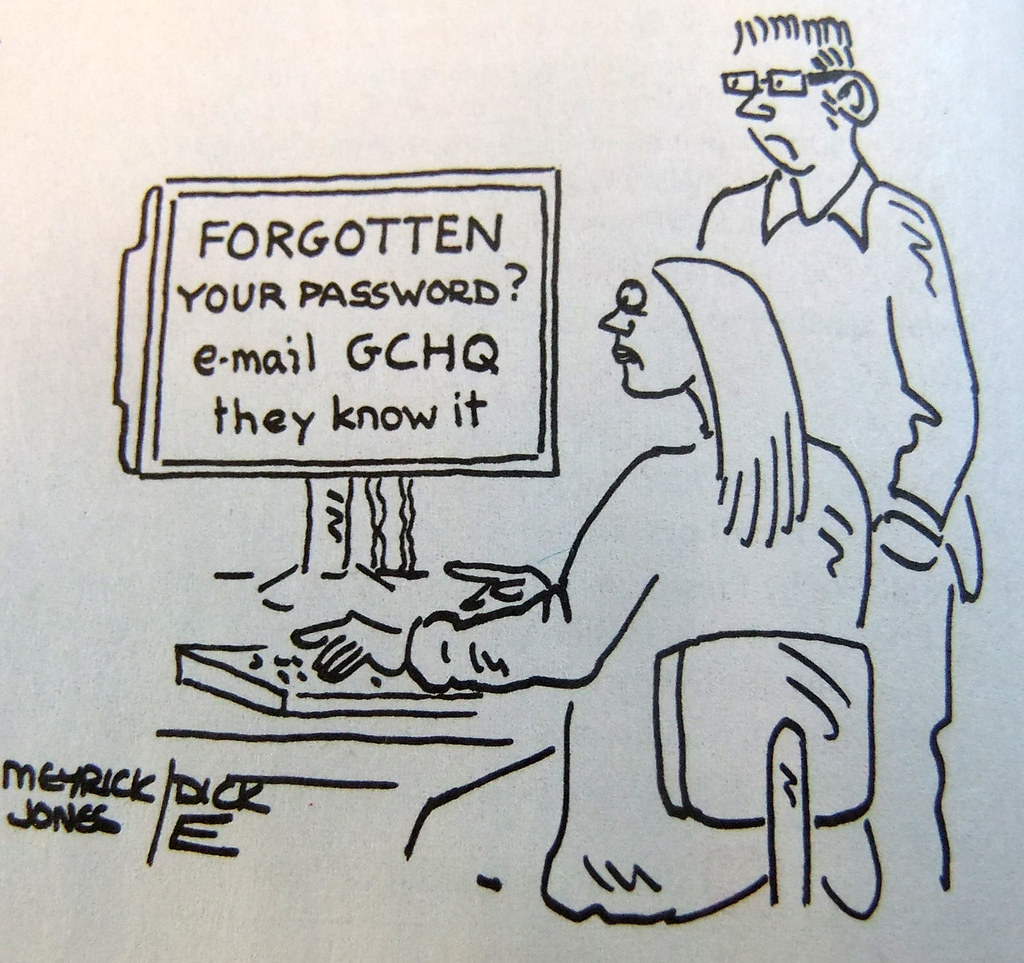
3. **Cultivating a Security-Conscious Workforce and Preparedness Plan**While technology forms the backbone of cybersecurity, human factors often represent the most significant vulnerability. A single click on a malicious link or the sharing of a password can bypass the most sophisticated technical safeguards. Therefore, cultivating a strong security culture through continuous employee training and developing a comprehensive incident response plan are indispensable elements of a resilient defense strategy.
Regular and mandatory staff training is the cornerstone of fostering a security-conscious workforce. This training should be scheduled frequently, keeping employees informed about new and evolving risks and vulnerabilities. It is essential to remind employees to adhere to security practices diligently, whether they are working from home or traveling for business. Furthermore, staff must know the precise protocols to follow if company equipment or sensitive files are lost or stolen. Tracking employee participation in these trainings and considering temporary network access blocks for non-compliance underscores the seriousness of these policies.
Beyond proactive training, every small business needs a well-defined incident response plan. This plan acts as a blueprint for action when a cyberattack or data breach inevitably occurs. It details the steps for saving critical data, ensuring business continuity during and after a disruption, and outlines how and when to notify affected customers. A robust plan minimizes panic and ensures an organized, effective response, limiting potential damage and expediting recovery.
Developing this plan requires foresight and strategic thinking. It should cover not only the technical aspects of containment and recovery but also communication strategies for informing stakeholders. The FTC provides valuable resources, such as its “Data Breach Response: A Guide for Business,” which offers a comprehensive list of steps to take. Having this plan in place and regularly reviewing it ensures your business is not caught flat-footed when facing a cyber crisis.
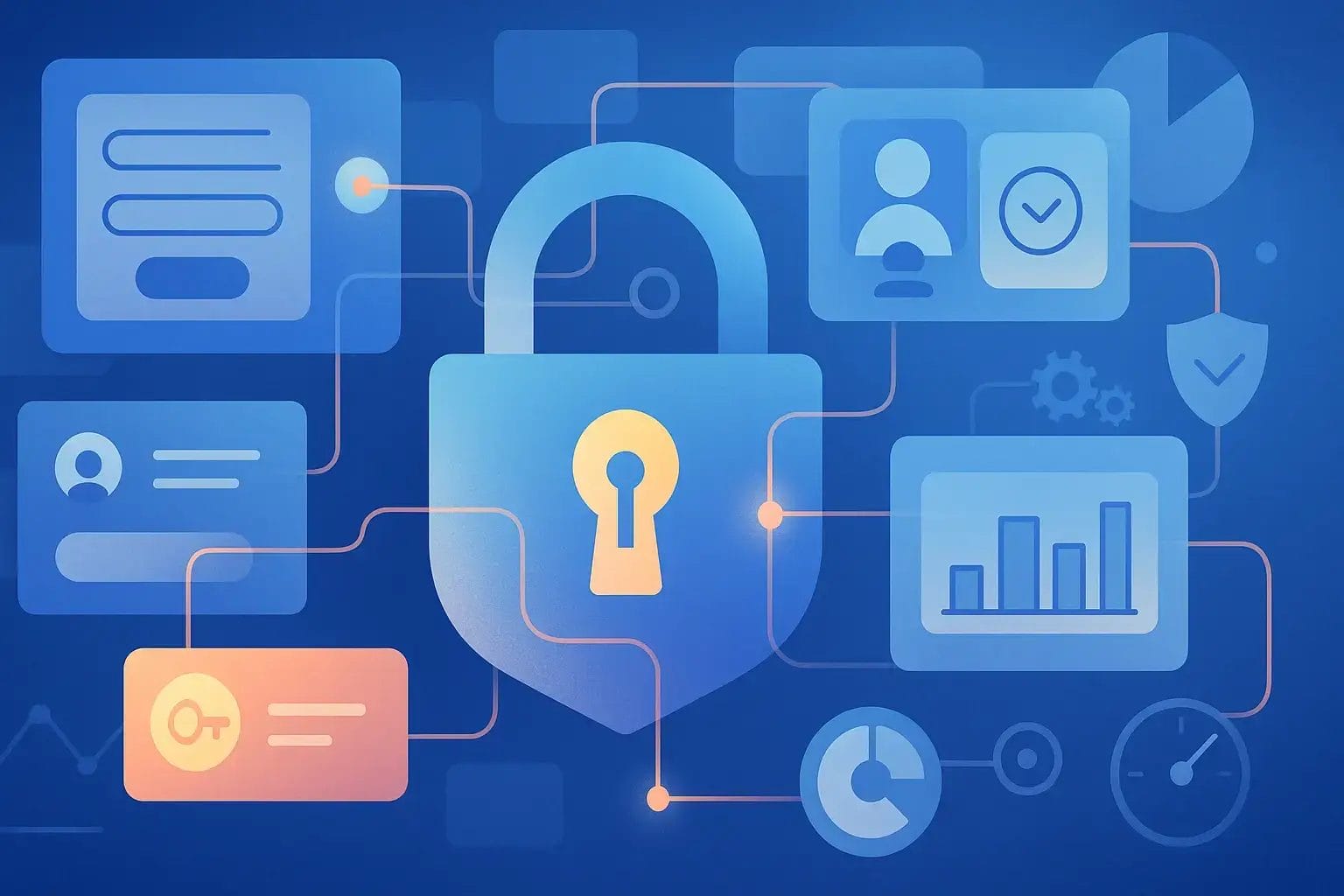
4. **Strategic Email Authentication Protocols**Email remains a primary vector for cyberattacks, particularly through phishing and spoofing attempts where attackers impersonate legitimate businesses. For small businesses using their domain name for email (e.g., name@yourbusiness.com), protecting this identity is paramount. Strategic email authentication protocols are critical tools that make it significantly harder for scammers to mimic your company’s email address, thereby protecting both your business and your customers.
Email authentication technology works by allowing receiving mail servers to verify the legitimacy of emails originating from your company’s domain. If an email appears suspicious or fails verification, these protocols can direct receiving servers to block the message or send it to a quarantine folder for further review. This proactive defense mechanism dramatically reduces the chances of malicious emails reaching your employees’ or customers’ inboxes, curtailing potential phishing attacks at the source.
There are three essential email authentication tools your email provider should offer if your business email utilizes your company’s domain name. The first is Sender Policy Framework (SPF). SPF allows a receiving mail server to verify that the server sending an email for your domain is authorized to do so. This helps prevent unauthorized servers from sending emails pretending to be from your company.
Next is Domain Keys Identified Mail (DKIM). DKIM adds a digital signature to outgoing emails. This signature allows receiving servers to confirm that an email from your domain truly originated from your organization’s servers and, importantly, that its content has not been tampered with during transit. Together, SPF and DKIM provide crucial layers of verification for the authenticity and integrity of your outgoing communications.
Finally, Domain-based Message Authentication, Reporting & Conformance (DMARC) is the third indispensable tool. While SPF and DKIM verify the ‘behind-the-scenes’ email addresses, DMARC ensures this verified address matches the ‘from’ address that users actually see. DMARC also empowers you to instruct other servers on how to handle emails that fail SPF or DKIM checks, allowing you to choose whether to reject the email, flag it as spam, or simply take no action. Crucially, DMARC can also be configured to send you notifications when suspicious emails impersonating your domain are detected, providing valuable intelligence for your security efforts. While configuring these tools requires some expertise, many reputable email providers, including well-known services like Outlook or Gmail, guarantee their systems come equipped with SPF, DKIM, and DMARC authentication methods, simplifying deployment for small businesses.
Should your email unfortunately be spoofed, immediate action is necessary. First, report the scam to local law enforcement, the FBI’s Internet Complaint Crimes Center (IC3.gov), and the FTC (ReportFraud.ftc.gov), and forward phishing emails to reportphishing@apwg.org. Second, promptly notify your customers without using hyperlinks in your communication to avoid appearing as another scam; remind them not to share personal information via email or text and direct those whose data might be stolen to IdentityTheft.gov. Lastly, alert your staff, providing them with guidance on how to respond to customer inquiries and updating your security practices to reinforce defenses against future threats.
Read more about: Review: The New iPhone Feature That Could Replace Your Wallet – iOS 26’s Wallet Overhaul Examined
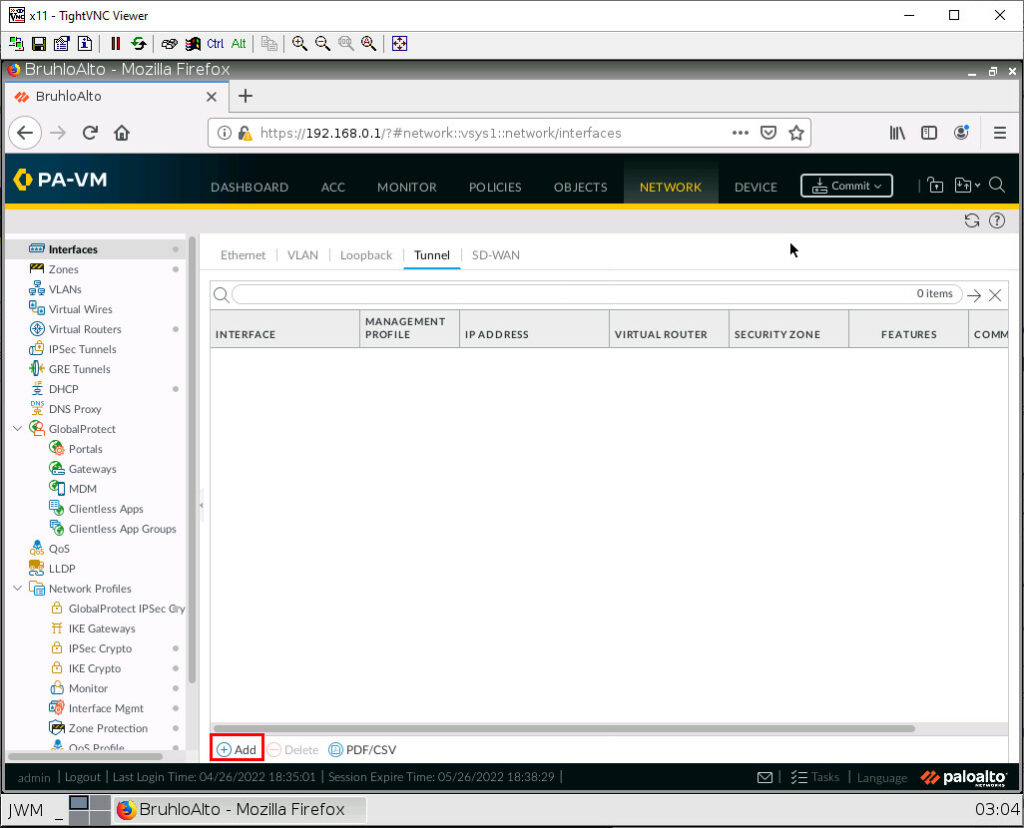
5. **Securing Remote Access Points**The modern workforce increasingly relies on remote access, whether employees are working from home or vendors need to connect to your network. While this flexibility offers numerous benefits, it simultaneously introduces significant cybersecurity risks. Ensuring that all remote access points are rigorously secured is paramount to preventing unauthorized entry into your business network and protecting sensitive information.
Device protection forms the first line of defense for remote access. Regardless of whether employees or vendors use company-issued or personal devices, these devices must adhere to strict security standards. This includes securing the router used for remote connections; changing any pre-set router passwords and default names is essential. Keeping the router’s software updated is also critical, either by signing up for email alerts or by regularly checking the manufacturer’s website for new updates and patches.
Furthermore, enabling full-disk encryption on laptops and other mobile devices that connect remotely to your network provides a vital safeguard. Most operating systems offer this option, which encrypts all data stored on the device, protecting it if the device is lost or stolen. This is especially important for devices that handle or store any sensitive personal information. Additionally, smartphone settings should be adjusted to prevent automatic connections to public Wi-Fi networks, which are often unsecured and ripe for malicious interception.
Beyond individual device security, the connections themselves must be secure. Businesses should strongly consider creating and requiring a Virtual Private Network (VPN) for employees and vendors to use when connecting remotely. VPNs encrypt internet traffic and mask IP addresses, providing a secure tunnel that helps protect your business from external attacks and eavesdropping. Moreover, employees and vendors connecting from home should always use a router equipped with WPA2 or WPA3 encryption, as these are the only standards that effectively protect information transmitted over a wireless network from being read by outsiders.
Maintaining this heightened level of security requires ongoing effort and clear policies. Incorporate information on secure remote access into all regular staff trainings and new employee orientations. Distribute comprehensive cybersecurity policies, explaining their importance and requiring adherence. Before allowing any device to connect to your network, ensure it meets all specified security requirements. Educate your staff about the inherent risks of public Wi-Fi. Finally, equip your staff with tools to maintain security, such as requiring unique, complex network passwords, enforcing multi-factor authentication for sensitive network areas, and having separate Wi-Fi networks for guests on business premises. Vendor contracts should also explicitly include security provisions, especially for those requiring remote network access.
Read more about: The 12 Strategic Time-Wasting Activities That Top CEOs Religiously Avoid for Peak Performance and Growth
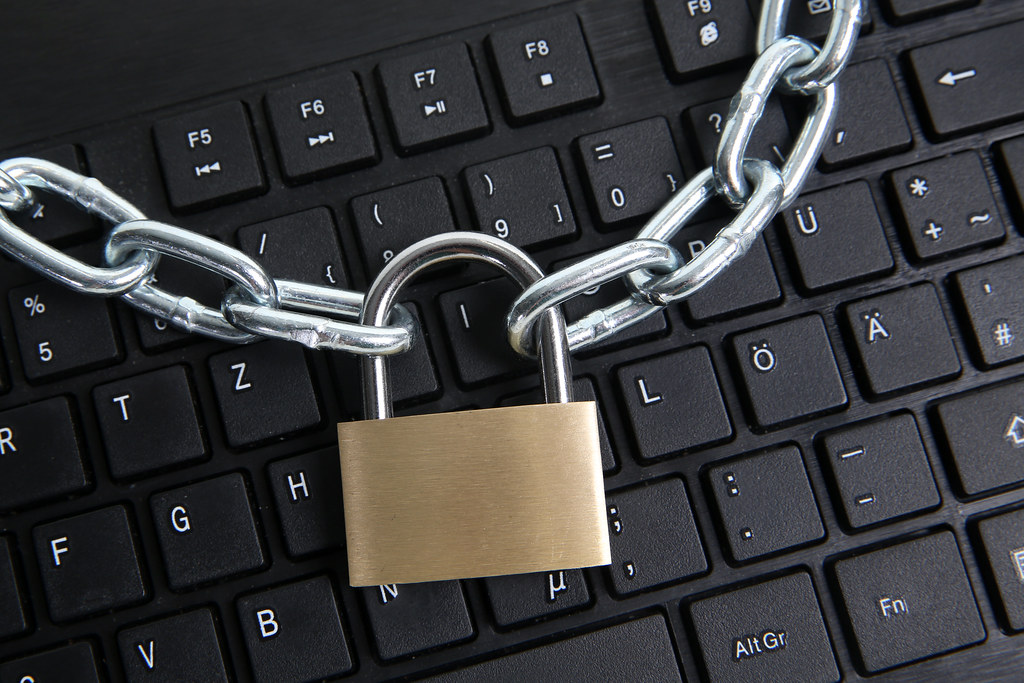
6. **Due Diligence in Web Hosting Security**When launching a new business website or upgrading an existing one, the choice of a web host carries significant security implications. Your web host is the digital landlord for your online presence, making it crucial to prioritize security when comparing services. The right provider can significantly bolster your website’s defenses, protecting both your business and your customers’ sensitive information.
A foundational security feature to look for in any web hosting service is the inclusion of Transport Layer Security (TLS), specifically its latest version. TLS is the protocol that encrypts communication between your website and its visitors, protecting their privacy. When TLS is correctly implemented, your website’s URL will begin with ‘https://’ rather than ‘http://’, signaling a secure connection. This encryption is particularly vital if your website collects sensitive customer information, such as credit card numbers or passwords, as it safeguards this data during transmission.
Another critical consideration, if your web host also facilitates your company’s business email using your domain name, is robust email authentication. Without these protections, scammers can easily impersonate your domain, sending fraudulent emails that appear to originate from your business. Therefore, ensure your web host can provide the three essential email authentication tools: Sender Policy Framework (SPF), Domain Keys Identified Mail (DKIM), and Domain-based Message Authentication, Reporting & Conformance (DMARC). These tools, as previously discussed, verify sender authenticity and email integrity, preventing email spoofing that can erode customer trust and lead to serious breaches.
Many web host providers offer pre-built websites or software packages to simplify website setup. While convenient, it is absolutely essential that you use the latest versions of this software, complete with up-to-date security patches. You must understand how to keep your website’s software current, whether the provider handles updates automatically or if it’s your responsibility. Furthermore, clarify from the outset who will manage the website after its creation. If the provider manages it, understand the process for making changes; if you manage it, confirm that multi-factor authentication is available for login credentials to the management portal.
To ensure due diligence, asking specific questions before committing to a web host is imperative. Inquire whether TLS is included in the hosting plan (and if it’s free or an add-on), and who is responsible for its setup. Ask about the provider’s general security practices and technologies. Confirm that the most up-to-date software versions are available and how software updates are managed. If using the web host for email, verify their capability to set up SPF, DKIM, and DMARC. Understand website management access, availability of MFA for logins, their history with past breaches, and how they handled them. Finally, if your website collects visitor data, ask where it’s stored, if it’s encrypted, who can access it, and who to contact for suspicious website activity. These detailed inquiries will help you select a host that aligns with your security requirements and protects your business’s online presence effectively.
Our journey through securing your small business continues, moving beyond foundational practices to embrace advanced safeguards and strategies for incident readiness. In an increasingly complex threat landscape, proactive measures and robust plans are not just advantageous; they are essential for resilience. Let’s delve into the critical areas that fortify your business against sophisticated attacks and ensure you’re prepared to respond effectively when the unexpected happens.
Read more about: Unlocking Financial Freedom: 15 Powerful Passive Income Strategies You Can Build From Home

7. **Vendor Security**In the intricate web of modern business, collaborations with vendors are inevitable and often essential for operations. However, this reliance introduces a significant cybersecurity dependency: your vendors may have access to sensitive information about your business or customers. Their security posture, or lack thereof, can directly impact yours. It is paramount, therefore, to ensure that your vendors maintain equally stringent security standards for their own computers and networks, creating a shared responsibility in data protection.
Effective vendor security begins with robust contractual agreements. These contracts should explicitly include comprehensive security provisions, detailing plans for evaluating and updating controls in response to evolving threats. If your business has specific security standards you expect your vendors to uphold, articulate these clearly within the contract and make them non-negotiable terms. Furthermore, carefully consider and specify how vendors are permitted to handle your data, including parameters for its use, sharing, sale, retention periods, and the necessary procedures for its secure deletion. These written agreements form the legal backbone of your vendor security strategy.
Beyond contractual obligations, it’s crucial to verify actual compliance. Establishing clear processes to confirm that vendors are indeed adhering to your stipulated rules is non-negotiable; simply taking their word for it is insufficient. An assessment conducted by an independent third party can serve as an excellent method to objectively confirm their compliance and identify any potential gaps. Given the rapid evolution of cybersecurity threats, it’s also imperative to ensure that vendors regularly update their security measures to keep pace with new vulnerabilities, reflecting a commitment to ongoing protection.
Protecting your own business also requires active management of vendor access. Implement stringent controls on databases containing sensitive information, limiting access strictly to a ‘need-to-know’ basis and only for the duration the vendor requires to complete their task. A strategic approach could involve creating separate databases that hold only the specific data points a vendor needs, preventing them from accessing other, unrelated sensitive information. Safeguarding your data further necessitates the use of properly configured, strong encryption, which protects sensitive information both as it is transferred and as it is stored, adding a vital layer of defense.
Moreover, extend your internal network security requirements to vendors. Mandate strong passwords—emphasizing that ‘the longer, the stronger’—and encourage the use of passphrases. Prohibit password reuse and sharing, and implement limits on unsuccessful login attempts to thwart password-guessing attacks. Crucially, require multi-factor authentication (MFA) for vendors accessing your network, compelling them to use additional verification steps such as authenticator apps, unique passcodes, tokens, or PIV cards, beyond just a password. This multi-layered approach significantly strengthens your network’s defenses against external threats introduced through vendor access.
In the unfortunate event of a vendor security breach, immediate and decisive action is critical. First, contact the authorities, reporting the attack right away to your local police department and, if they are not equipped to handle information compromises, your local FBI office. Also, inform appropriate industry regulators. Next, confirm that the vendor has implemented a fix; depending on the breach’s severity, you may need to cut off access until vulnerabilities are remedied and data safety is assured. Simultaneously, launch an internal investigation of your own network to confirm that the threat actor did not exploit the vendor’s breach to gain unauthorized access to your systems. Finally, if data or personal information was compromised, promptly notify affected customers and parties so they can take steps to protect themselves from identity theft.
Read more about: The Annual Intellect: 15 Foundational Books Top Business Leaders Revisit for Enduring Success

8. **Cyber Insurance**Even with the most robust cybersecurity measures in place, the reality is that no business is entirely immune to cyberattacks. When an incident does occur, the financial and operational fallout can be staggering, leading to significant recovery costs. This is where cyber insurance plays a critical role, offering a vital safety net to protect your business against potential losses. If you’re considering this essential protection, engage in a thorough discussion with your insurance agent to determine the policy that best fits your company’s unique needs, exploring options like first-party coverage, third-party coverage, or a combination of both.
When evaluating cyber insurance policies, meticulous attention to coverage details is paramount. Ensure that any policy you consider provides coverage in excess of other applicable insurance you may already hold. The policy should comprehensively cover a diverse range of cyberattacks, including network breaches, the theft of personal information, and crucially, attacks on data held by your vendors and other third parties. Furthermore, confirm that your policy extends coverage to attacks originating both inside and outside the United States, and that it addresses potential terrorist attacks, providing truly global protection for your digital assets.
Understanding the specific nuances of your coverage is also key. Delve into the details of what your provider will undertake. Look for explicit ‘duty to defend’ language, which obligates the insurer to defend you in a lawsuit or regulatory investigation. In an era where ransomware is a persistent threat, ascertain whether the policy will assist you in paying ransom demands. Additionally, assess the availability of support services, such as a 24-hour breach hotline that is accessible every day of the year, ensuring you have immediate assistance during a crisis. These details can make a significant difference in the effectiveness of your policy during a real-world incident.
First-party cyber coverage is designed to protect your own data, encompassing both employee and customer information directly within your business. This type of coverage typically addresses a range of internal costs directly associated with a cyber incident. These can include legal counsel fees to ascertain your notification and regulatory obligations, the costs of recovering and replacing lost or stolen data, and expenses for customer notification and setting up call center services. It also often covers lost income due to business interruption, costs related to cyberextortion and fraud, forensic services to investigate the breach, and any fees, fines, and penalties that may arise from the cyber incident.
Conversely, third-party cyber coverage primarily shields your business from liability when a third party brings claims against you as a result of a breach. This external-facing protection typically covers payments to individuals or entities affected by the breach, claims and settlement expenses stemming from disputes or lawsuits, and losses related to defamation or copyright/trademark infringement. Furthermore, it often includes the substantial costs for litigation and responding to regulatory inquiries, along with other settlements, damages, judgments, and associated accounting costs. Depending on your business model and exposure, both first-party and third-party coverage might be indispensable for comprehensive protection.
Read more about: The Architectures of Safety: Dissecting 14 Landmark Vehicle Features for a Secure Future
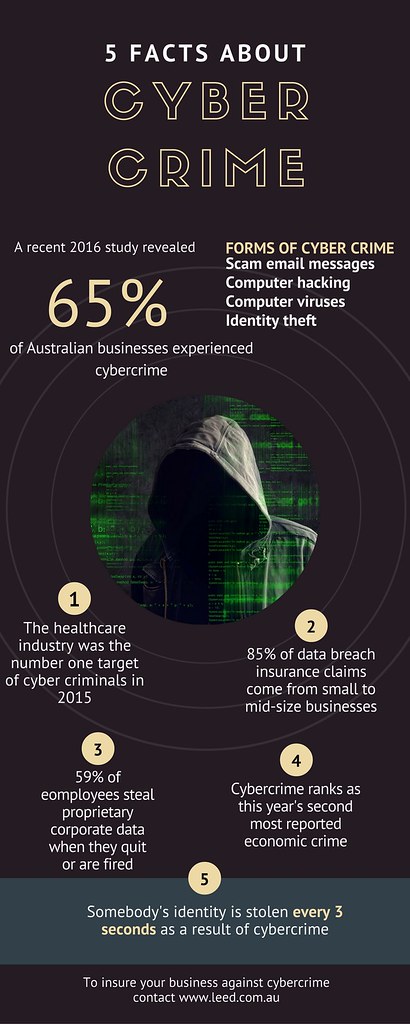
9. **Implementing the NIST Cybersecurity Framework**For businesses seeking a structured, systematic approach to managing their cybersecurity risks, the National Institute of Standards and Technology (NIST) Cybersecurity Framework (CSF) offers an invaluable resource. The latest version, CSF 2.0, is freely available, voluntary, and highly flexible, designed to assist businesses of all sizes, across various sectors, and at different levels of maturity. It provides a strategic outline of best practices, empowering you to effectively understand, manage, and reduce your cybersecurity risk, thereby safeguarding your networks and data more efficiently. It’s not a one-size-fits-all solution, but a adaptable guide to prioritize your cybersecurity investments.
The NIST CSF 2.0 organizes cybersecurity risk management into six core areas: Govern, Identify, Protect, Detect, Respond, and Recover. When considered collectively, these areas provide a holistic and comprehensive view of cybersecurity risk management. By methodically addressing each of these functions, businesses can systematically enhance their defenses, improve their detection capabilities, refine their response protocols, and strengthen their recovery processes, creating a continuous cycle of improvement and resilience. The framework encourages a proactive rather than reactive stance on cybersecurity.
The ‘Govern’ function focuses on establishing and monitoring your business’s cybersecurity risk management strategy, expectations, and policy. This involves understanding your legal, regulatory, and contractual cybersecurity requirements, and recognizing how cyber risks could disrupt your business’s mission. It also prompts you to document and track these requirements, determine if cyber insurance is appropriate, assess risks posed by suppliers, and create, communicate, update, and enforce your company’s cybersecurity policy. The ‘Identify’ function then centers on understanding your business’s assets and pinpointing cybersecurity risks. This includes creating and maintaining an inventory of all hardware, software, data, and services, identifying and documenting risks to the business and individuals, assessing your cybersecurity program’s effectiveness, communicating plans, and securely sanitizing and destroying data when no longer needed. It also emphasizes creating a cybersecurity incident response plan as part of this identification process.
Building upon identification, the ‘Protect’ function involves implementing safeguards to prevent or reduce cybersecurity risks. This means controlling who can log onto your network and use devices, requiring multi-factor authentication for all users, and regularly updating security software, automating updates whenever possible for critical fixes. It also includes limiting access to sensitive assets on a need-to-know basis, using security software to protect data, changing default manufacturer passwords, encrypting sensitive data both at rest and in transit, and regularly backing up data. Crucially, ‘Protect’ also mandates training all users of your systems to recognize common attacks and perform basic cyber hygiene, helping them understand their personal risk and vital role in workplace security. The ‘Detect’ function then focuses on finding and analyzing possible cybersecurity attacks or compromises. This requires continuous monitoring of computers, devices, and software for unauthorized access, investigating any unusual activities on your network or by staff, and regularly checking your network for unauthorized users or connections.
Finally, the ‘Respond’ function emphasizes having well-tested plans in place before an incident occurs, ready for execution in coordination with third parties and compliant with laws and regulations, all while keeping your business operational. This includes an Incident Response Plan (how to react to a security incident), a Disaster Recovery Plan (how to resume operations after an unplanned event), and a Business Continuity Plan (how to operate during and after disruption). The last function, ‘Recover,’ focuses on restoring assets and operations impacted by an incident. Key aspects include keeping employees, customers, and stakeholders informed of your recovery activities and, critically, updating your cybersecurity policy and plan with lessons learned from any incident, ensuring continuous improvement and strengthening future defenses.
Read more about: Decoding the Digital Underworld: 14 Essential Gadgets for Cyber Security Professionals
10. **Specialized Strategies to Combat Phishing**Phishing remains one of the most prevalent and insidious cyber threats, often serving as the initial gateway for more severe attacks like ransomware. It typically involves receiving an email or text message that deceptively appears to be from a known entity – a vendor, colleague, or even your boss – with an urgent request. These messages pressure you to click a link, download an attachment, or divulge sensitive information like passwords or bank account details. The sophistication of these scams, with spoofed logos and convincing email addresses, makes them particularly dangerous, often leading to ransomware installation, account compromise, or redirection to malicious websites designed to steal credentials.
Your first line of defense is proactive scrutiny before you click, download, or share any sensitive information. Always take a moment to ‘check it out.’ Look up the legitimate website or phone number of the company or person supposedly sending the communication. This verifies you are connecting with the real entity and not inadvertently downloading malware or engaging with a scammer. Pay close attention to the email’s details: check for correct spelling, proper punctuation, and standard spacing, as glaring errors often betray a malicious intent. A critical step is to right-click on the sender’s email address to reveal their true email, allowing you to check for spoofing. If the address doesn’t align with a valid company domain, it’s a significant red flag. Similarly, hover your mouse over any links to preview the URL before clicking, which often appears in the bottom left-hand corner of your reading pane, helping you determine its legitimacy. If prompted to log into an account, bypass the link in the email or text; instead, navigate directly to the company’s website and log in there. Furthermore, familiarize yourself with companies’ security policies; most legitimate organizations will never ask for sensitive data over email or phone.
When in doubt, it’s always wise to ‘talk to someone.’ Discussing the request with a colleague or friend can often help you discern its authenticity. If uncertainty persists, pick up the phone and directly call the vendor, colleague, or client who purportedly sent the email. Crucially, use a phone number you know to be correct and reliable, not one provided in the suspicious email or text itself. This direct verification step can quickly confirm if the request is legitimate or a phishing attempt, saving your business from potential harm.
To proactively protect your business against phishing, several strategies are essential. First, regularly back up your data and ensure these backups are physically disconnected from your network. This ensures that even if a phishing attack compromises your network, you retain clean data for restoration. Second, maintain all security software and systems with the latest patches and updates, utilizing tools like email authentication and intrusion prevention software, and enabling automatic updates whenever possible. Third, continuously alert and train your staff. Phishing tactics evolve rapidly, so regular training sessions must include tips for spotting the latest schemes. Consider running phishing simulations, offered by companies like Microsoft and KnowBe4, to prepare your staff effectively. Finally, deploy a safety net by utilizing email authentication technology to prevent phishing emails from reaching your inboxes in the first place, and empower employees by providing clear methods to report suspicious communications as spam or phishing.
Should your business encounter a phishing scheme, swift action is vital. ‘Alert others’ immediately, sharing your experience with colleagues, as phishing attacks often target multiple individuals within an organization. Next, ‘limit the damage’ by promptly changing any compromised passwords and immediately disconnecting any infected computer or device from the network to prevent malware from spreading. Follow your company’s established procedures, which may involve notifying specific internal personnel or external IT contractors. If data or personal information was compromised, ‘notify customers’ without delay, directing affected parties to resources like IdentityTheft.gov, as detailed in the FTC’s “Data Breach Response: A Guide for Business.” Lastly, ‘report it’ by forwarding phishing emails to reportphishing@apwg.org, informing the company or person that was impersonated, and filing a report with the FTC at ReportFraud.ftc.gov.
Read more about: Navigating the Digital Minefield: The 12 Most Common Financial Scams Targeting Small Business Owners
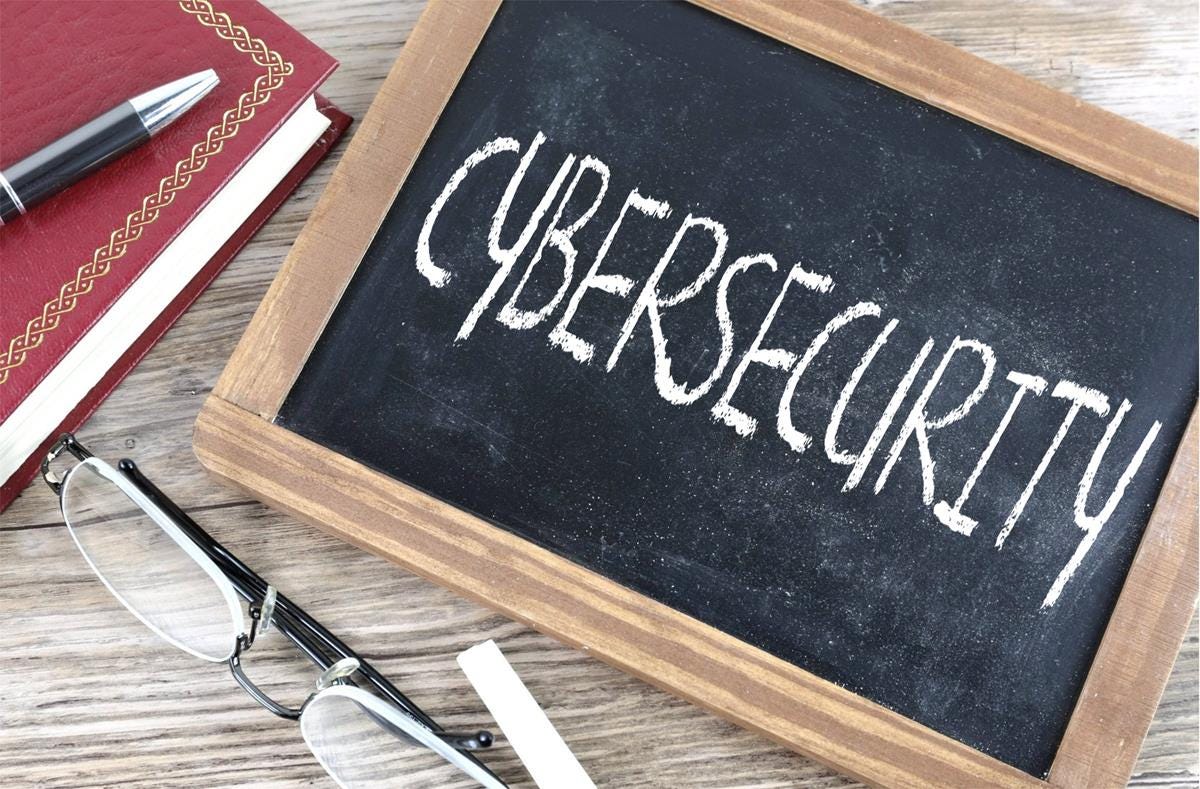
11. **Specialized Strategies to Combat Ransomware**Ransomware represents one of the most crippling forms of cyberattack, capable of locking businesses out of their entire network, holding critical data hostage, and demanding payment, often in cryptocurrency. The consequences extend far beyond monetary loss; even if a ransom is paid, there’s no guarantee the attackers will return data, which may be kept or destroyed. With vital business information and sensitive details about customers and employees at stake, ransomware can inflict severe financial and reputational damage. These attacks frequently originate from phishing emails containing malicious links or attachments, but can also exploit server vulnerabilities, propagate through infected websites, or be delivered via malicious online ads or compromised remote access protocols like RDP and VNC.
Protecting your business from ransomware necessitates a robust, multi-faceted approach. Crucially, you must ‘have a plan to keep your business up and running’ even after a ransomware attack, and this plan must be shared with all relevant personnel. Regularly saving important files and maintaining a complete backup of your entire environment—including files, programs, and the current operating system—to a drive or server that is *not* connected to your network is paramount. This offline backup is your ultimate failsafe. Additionally, keep all your security software meticulously up to date, installing the latest patches and updates, and utilizing additional protections such as email authentication and intrusion prevention software, setting everything to update automatically whenever possible. Finally, continuous staff training is indispensable: teach your employees how to identify and avoid phishing scams and educate them on common infection vectors. Incorporate tips for spotting and protecting against ransomware into your regular orientation and training sessions.
If your business is unfortunately subjected to a ransomware attack, immediate and precise actions are required to ‘limit the damage.’ The very first step is to immediately disconnect any infected devices from your network. Critically, do not power them down, as certain forensic information vital for investigation may be lost if devices are shut off. Following this, ‘launch an investigation’ with experienced IT or cybersecurity staff, or by contracting a third-party cybersecurity company. This investigation should aim to determine the hacker’s identity, their entry method, which data or systems they accessed, and other relevant details. The investigation team can also help quarantine affected computers from the network to protect the rest of your infrastructure and assist with mitigation activities, including fixing the vulnerability that allowed the breach. Concurrently, ‘contact the authorities,’ reporting the attack to your local FBI office and appropriate industry regulators.
In the aftermath of an attack, it’s essential to confirm that the vendor or systems responsible have a fix. Depending on the severity of the breach, you may need to cut off access to certain systems until vulnerabilities are completely addressed and the safety of your information is guaranteed. This also involves thoroughly investigating your own network to confirm that the threat actor didn’t use the compromised vendor or entry point to gain further unauthorized access to your systems. The recovery process is an ongoing commitment.
As you navigate the aftermath, ‘keep your business running’ by activating your pre-established incident response, disaster recovery, and business continuity plans. Ensure employees, customers, and other key stakeholders are kept informed of your response and recovery activities, maintaining transparency and trust. The final, yet crucial, step in this cycle of resilience is to update your cybersecurity policy and plan with lessons learned from the incident. This continuous improvement approach ensures that your business emerges stronger and better prepared for future threats, transforming a challenging incident into a valuable learning opportunity. By diligently applying these advanced safeguards and readiness strategies, your small business can significantly enhance its resilience against the most persistent and sophisticated cyber threats, securing its future in the digital age.




